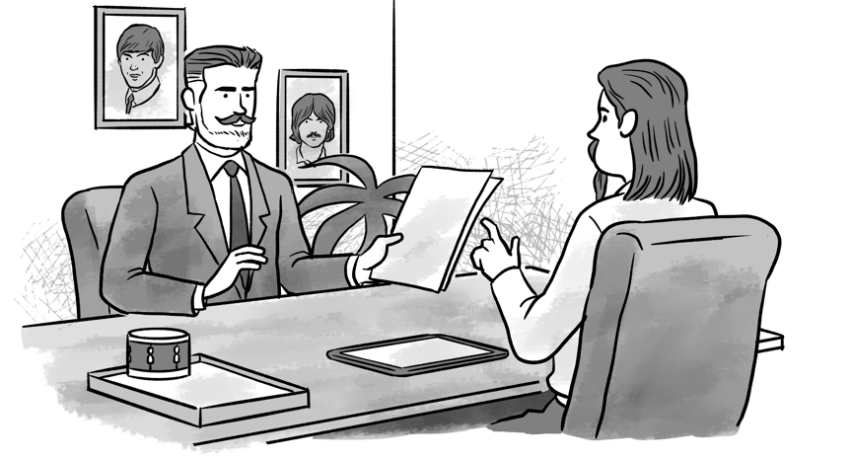Anand is a software engineer who had started his career a couple of years ago in a large multinational software organization. Most of his work there had been in teams which had adopted a somewhat waterfallish approach for development. As the teams approached release deadlines, the pressure and stress were almost unbearable – 80+ hours of work per week became the norm as deadlines loomed. Anand felt he could not take it anymore and left the organization. He joined a much smaller company which was all Agile in their work; this had encouraged Anand to join them as he had heard that Agile was all about “sustainable pace”; that meant no undue stress for anyone, he figured. But, much to his disappointment, he observed the following in his team:
- The team used a constant velocity (story points based on past experience) for committing to work in 2-week sprints; in some sprints, the work was a breeze for Anand but other developers were slogging; in others, Anand was the one slogging while the others seemed to be pretty relaxed!
- The Product Owner (PO) based in London, appeared to Anand as the most stressed person in the team; he seemed to be constantly busy managing his stakeholder expectations; it was a constant challenge for him to keep the backlog ready & refined for Anand and team in Kolkatta
- When the PO was very busy and unavailable, the team just made assumptions in the sprint backlog and those were the easy sprints – no stress; when the PO did get involved, the sprints seemed to get challenging – negative stress for all!
- While the team more or less maintained the velocity over several sprints, the PO was always complaining that the team should get used to a higher level of healthy stress (“eustress”) and deliver better value to business stakeholders (implying that the team was becoming complacent)
As an Agile coach, how would you get the Scrum Master and the team to address the above situation including Anand’s puzzlement that Agile was not quite the silver bullet for the team’s stress?
Possible solution:
Firstly, Anand seems to have somewhat misunderstood the concept of “sustainable pace” in Scrum (and even switched jobs based on that understanding!). Sustainable pace is an attribute of the Scrum team as a whole. It is not as if that every team member is assured of that perfect healthy stress (eustress) level in sprint after sprint. While individual team member capacity is indeed taken into account in sprint planning, depending on the specific items in the sprint backlog, skill level etc, some team members are bound to be more stretched than others. When that happens, others need to chip in and assist. That is the spirit of Scrum. But apparently, this is not happening in Anand’s team. That is the first thing that the Scrum Master (SM) needs to look into; get the team to look at it in, say, Daily Scrum and in Retrospective (reviewing team norms among other things).
Secondly, the Product Owner (PO) is very stressed – could be due to his bandwidth, capability or unreasonable demands of business stakeholders. The PO is simply passing on his stress to the team in Kolkatta. The SM needs to determine the causes of the PO’s stress and counsel/help him and if needed raise it to the appropriate people in the organization for help. The PO should only be too happy to receive this assistance from the SM.
Thirdly, there is an implication in the CHOW that when the PO is highly involved in a particular sprint, the sprint becomes more challenging; stories are more difficult to get to “done”; in other sprints, the team makes simplifying assumptions and the sailing is smoother; this needs to be investigated as well for lack of consistency in the Definition of Done; can lead to major product quality issues down the line.
There is definitely a case for the team to look at the sprint planning and backlog grooming to determine why work complexity (and consequently the effort) is not being assessed by the team (including the PO) effectively.
The final comment is the balance between eustress (healthy stress) and negative stress (distress) for individuals and the team. A dynamic balance needs to be achieved by the team and individuals. A very subjective thing but the PO and the team need to make this a discussion point in every sprint for mutual understanding and trust.
Not to forget Anand: the SM needs to be prepped by the coach to have a one-on-one with Anand before he decides to make yet another job move – this time to a Kanban team may be!





